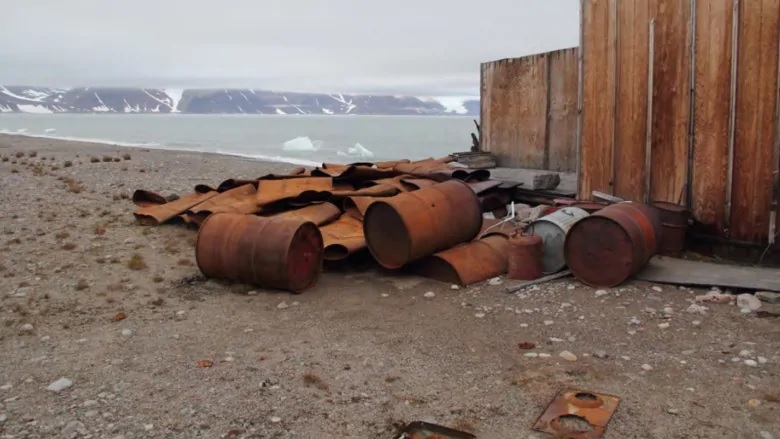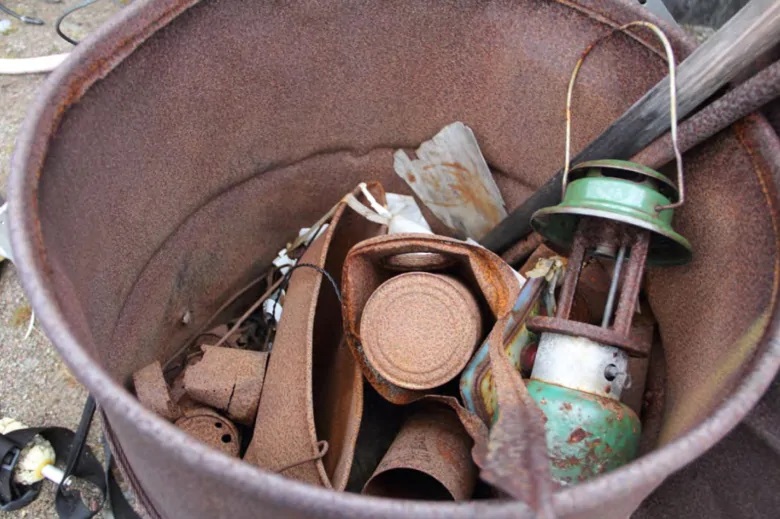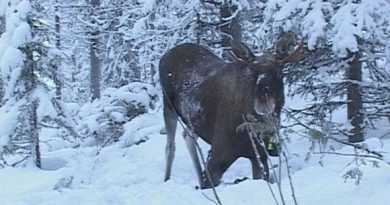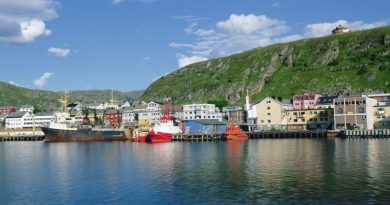Abandoned research station in Canada’s High Arctic to be cleaned up

A tiny remote island in Canada’s high Arctic is going to be cleaned of abandoned shacks, fuel drums and debris next week.
Coburg Island is a bird sanctuary and important to Inuit who live in Grise Fiord, Nunavut. Many visit the area in summer to collect eggs.
The island, which is the site of an abandoned government research station, is about 100 kilometres east of the community, in Baffin Bay.
Marty Kuluguktuq is the chair of the Nirjutiqarvik Area Co-Management Committee, which sets procedures for monitoring of the island and visits to it.
“The shacks [on the island] are not even properly built,” he said.
“They have been run down, never been maintained on a regular basis by the universities or federal departments that conducted tests or monitored weather stations.”

Kuluguktuq’s committee asked for money to make the place more presentable, so the federal government is working with residents of Grise Fiord to hand the island back in a pristine state.
He said lots of people visit the island, not just people in Grise Fiord. It also draws cruise ships full of tourists. It is part of the Nirjutiqavvik National Wildlife Area, teeming with birds such as the black guillemot, black-legged kittiwake, glaucous gull and thick-billed murre. Bowhead whales, narwhals, polar bears, seals, walrus and white whales are also in the area.
The cleanup is being paid for by the Polar Continental Shelf Project and the Canadian Wildlife Service. The oil drums and other junk on Coburg Island will be flown to Resolute Bay.
Once it’s done, the committee, which is comprised of Inuit and federally-appointed members, will come up with a set of guidelines people must follow when visiting the site.
“How many boats are allowed in each visit, how many zodiacs can land and if so, which way,” said Kuluguktuq. “There are monitoring programs that are established [as well] to preserve the well-being of the site, including animals and birds.”
Kuluguktuq expects the job to be complete by mid-August.
Written by Randi Beers based on an interview by Qavavao Peter
Related stories from around the North:
Canada: Northerners not ready to cash in on massive mine cleanup in Arctic Canada, report says, CBC News
Norway: Minister downplays environmental impact of planned mine in Arctic Norway, The Independent Barents Observer
Russia: Regional government to undertake big cleanup before gas drilling in Arctic Russia, The Independent Barents Observer
Sweden: Many towns in Sweden seek funds to clean up polluted sites, The Independent Barents Observer



